Fall Energy Saving Tips To Help You Save Money
This post may contain affiliate links which might earn us money. Please read my Disclosure and Privacy policies hereWelcome to our post on fall energy saving tips! As the crisp autumn air sets in, it's important to be mindful of our energy usage. Did you know households typically experience a 10-15% increase in energy consumption during the fall season?
But fret not. We've got you covered with seven simple and effective tips to help you reduce energy usage, save money, and embrace an eco-friendly lifestyle. Let's dive in and make this fall season energy-efficient!
As the fall season approaches, it's a great time to start thinking about saving energy and reducing utility costs. Implementing energy-saving practices not only helps the environment but also benefits your wallet. Here are some tips to help you save energy in the fall season.
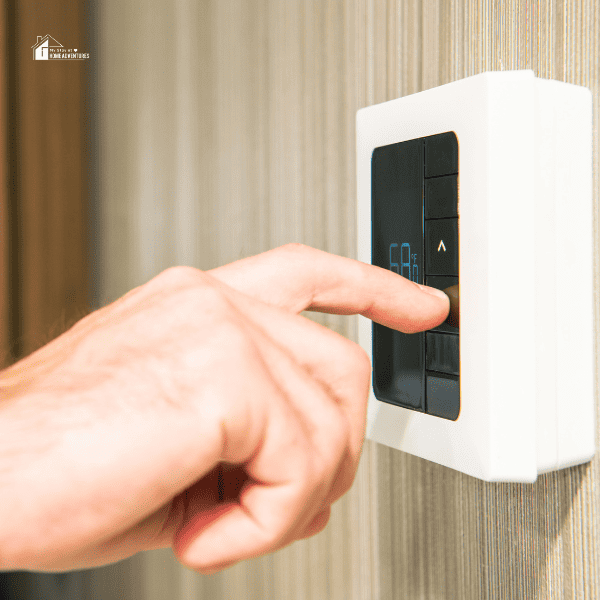
Why is saving energy important in the fall?
The fall season brings cooler temperatures, which means increased energy usage for heating and lighting. Saving energy in the fall is important for several reasons:
- Environmental Impact: Conserving energy reduces the consumption of natural resources and decreases greenhouse gas emissions, contributing to a cleaner environment.
- Cost Savings: Saving energy translates to lower utility bills. By implementing energy-saving measures, you can reduce your energy costs and save money in the long run.
Benefits of energy savings during the fall season
- Reduced Carbon Footprint: By conserving energy in the fall, you can minimize your carbon footprint and contribute to the fight against climate change.
- Comfort and Efficiency: Proper insulation, weatherstripping, and using energy-efficient appliances can help maintain a comfortable indoor environment while reducing energy wastage.
- Preserving Natural Resources: Energy conservation helps reduce the demand for fossil fuels and other non-renewable resources, ensuring their availability for future generations.
Remember, small changes can make a big difference when it comes to saving energy. Implementing these tips benefits you and contributes to a more sustainable and energy-efficient future.
Energy-saving Tips for Heating
1. Be mindful of your thermostat settings
Optimizing your thermostat settings for energy efficiency is important when temperatures start to drop in the fall season. Consider turning down the heat during the day when you're not home or at night when you're snug under the covers. Every degree you lower the thermostat can lead to significant energy savings over time. Investing in a programmable thermostat can make managing and regulating your home's temperature easier.
2. Utilize natural sunlight and passive heating techniques
Take advantage of the natural warmth provided by sunlight during the fall months. Open your curtains or blinds during the day to let the sunlight in and close them at night to retain the heat. Also, use passive heating techniques such as properly sealing doors and windows to prevent drafts and heat loss. You can also use draft stoppers or weatherstripping to insulate your home further and reduce energy consumption.
By implementing these energy-saving tips for heating during the fall, you can keep your home comfortable while minimizing energy usage and reducing costs. Remember, every small action counts when it comes to saving energy and protecting the environment.
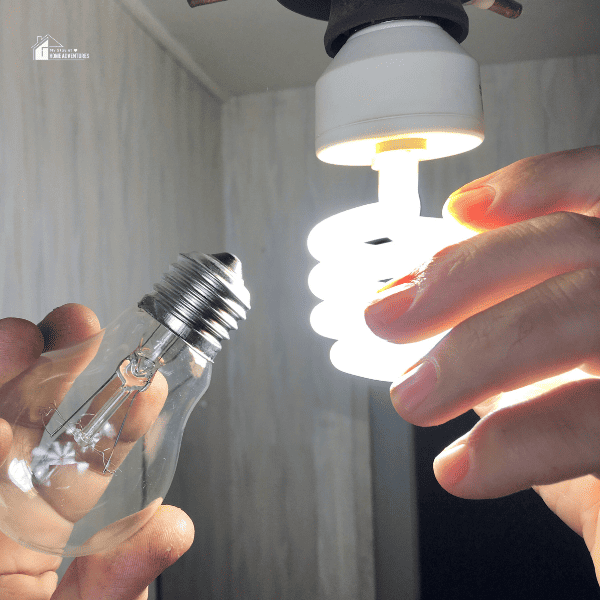
Energy-saving Tips for Lighting
1. Switch to energy-efficient bulbs
In the fall, one of the easiest ways to save energy is by switching to energy-efficient bulbs, such as LED or CFL lights. These bulbs consume significantly less energy than traditional incandescent bulbs while still providing the same light. Energy-efficient bulbs last longer and produce less heat, which can help reduce the load on your cooling system during warmer autumn days.
2. Make use of natural lighting during daylight hours
Another effective way to save energy in the fall is by maximizing the use of natural lighting during daylight hours. Open your blinds or curtains to allow sunlight to illuminate your space. This reduces the need for artificial lighting and provides a brighter and more pleasant ambiance. Additionally, natural light has been shown to improve mood and productivity.
Implementing these simple lighting strategies can save energy and reduce your carbon footprint during the fall season. Remember, small changes can make a big difference in the long run!
Energy-saving Tips for Appliances
As the fall season approaches, it's important to consider energy-saving practices to reduce your environmental impact and save money on electricity bills. By implementing a few simple tips, you can make a significant difference.
1. Unplug unused electronics and appliances
Inactive electronics and appliances continue to draw energy even when they are turned off. To effectively save energy, unplug devices that are not in use or use power strips to turn them off easily. This includes televisions, gaming consoles, phone chargers, and kitchen appliances. Doing this will prevent energy wastage and reduce standby power consumption.
2. Opt for energy-efficient appliances and settings
When purchasing new appliances, look for the Energy Star label. These devices are designed to be more energy-efficient, helping you save energy and money. Additionally, adjust the thermostat settings on your appliances to match the season. For example, reduce the temperature of your water heater to conserve energy during the fall.
By following these energy-saving tips, you can positively impact the environment while enjoying the comfort and convenience of your home.
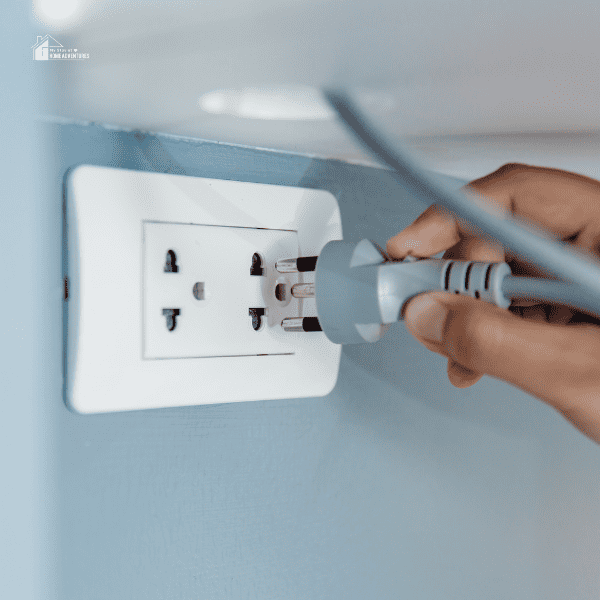
Energy-saving Tips for Insulation and Sealing
With the arrival of fall and cooler temperatures, it's the perfect time to start thinking about energy-saving strategies for your home. By focusing on insulation and sealing, you can reduce energy consumption and save money on utility bills. Here are some tips to get you started:
1. Seal any air leaks and cracks
Inspect your home for any air leaks and cracks, which can significantly impact your energy usage. Pay close attention to areas around windows, doors, and electrical outlets. Use weatherstripping, caulking, or foam insulation to seal these gaps and prevent warm air from escaping and cold air from entering your home.
2. Insulate windows and doors for better efficiency
Windows and doors are notorious for allowing drafts into your home. Consider installing window film, thermal curtains, or draft stoppers to improve insulation and prevent heat loss. Additionally, you can use door sweeps and weatherstripping to seal gaps around doors. These measures can significantly improve your home's energy efficiency during the fall and winter months.
Remember, every small step counts when it comes to saving energy. Properly insulating and sealing your home can create a more comfortable living environment while reducing your carbon footprint and saving money on energy bills.
Energy-saving Tips for Water Heating
As the temperature starts to drop in the fall, it's important to find ways to save energy and reduce your utility bills. One area where you can make a significant impact is water heating. Implementing a few simple strategies can lower your energy consumption and be more eco-friendly.
1. Lower the temperature on your water heater
Most water heaters are set to a default temperature of 140 degrees Fahrenheit, typically higher than most households need. Lowering the temperature to 120 degrees can save energy without sacrificing comfort. Additionally, if you're going on vacation or won't be using hot water for an extended period, consider turning off your water heater or setting it to the lowest temperature setting.
2. Insulate your water heater and pipes
Insulating your water heater and pipes can help reduce heat loss, allowing the water to stay hot for longer. You can purchase pre-cut pipe insulation sleeves from a hardware store and easily wrap them around exposed pipes. For your water heater, use insulating blankets specifically designed for this purpose.
Following these energy-saving tips for water heating can positively impact the environment while saving money on your monthly utility bills.
Energy-saving Tips for Outdoor Activities
As the fall season approaches, many people look forward to enjoying outdoor activities and taking advantage of the cooler weather. But how can you ensure you're also saving energy while enjoying all the season has to offer? Here are some tips to help you do just that.
1. Enjoy outdoor activities and reduce energy consumption
- Choose energy-efficient equipment: Opt for energy-efficient gadgets and equipment when planning outdoor activities. For example, use solar-powered lights or rechargeable batteries instead of disposable ones.
- Use natural lighting: Take advantage of the sunlight during the day by organizing outdoor activities that don't require excessive artificial lighting. This will help reduce overall energy consumption.
2. Take advantage of the fall weather for energy-saving tasks
- Air drying laundry: Utilize the crisp fall air to dry your laundry naturally rather than using a dryer. This can save a significant amount of energy and reduce your utility bills.
- Fall maintenance: Take advantage of the cooler weather to perform energy-saving maintenance tasks, such as weatherstripping windows and doors, cleaning and maintaining heating systems, and insulating your home.
By following these energy-saving tips during the fall season, you can enjoy outdoor activities while reducing energy consumption and contributing to a more sustainable lifestyle.

Importance of energy conservation during the fall season
As the leaves turn and the temperatures drop, conserving energy during the fall season is essential. Here are some key reasons why energy conservation matters:
- Lower energy bills: By implementing energy-saving practices, you can reduce your heating costs and save money on your energy bills.
- Environmental impact: Conserving energy helps to reduce greenhouse gas emissions and minimize your carbon footprint, contributing to a healthier and more sustainable planet.
- Preserve natural resources: The production and consumption of energy require natural resources. By conserving energy, you can help preserve these resources for future generations.
Final thoughts on saving energy in the fall
As the fall season approaches, there are several simple steps you can take to save energy:
- Adjust your thermostat to a lower temperature and wear warmer clothing indoors.
- Seal air leaks around windows and doors to prevent drafts and heat loss.
- Use natural sunlight to your advantage by opening curtains during the day.
- Maintain your heating system by cleaning or replacing filters regularly.
- Unplug electronics and appliances when not in use to eliminate “phantom” energy usage.
Adopting these energy-saving habits can positively impact your wallet, the environment, and future generations. So, embrace the fall season while being mindful of your energy consumption.




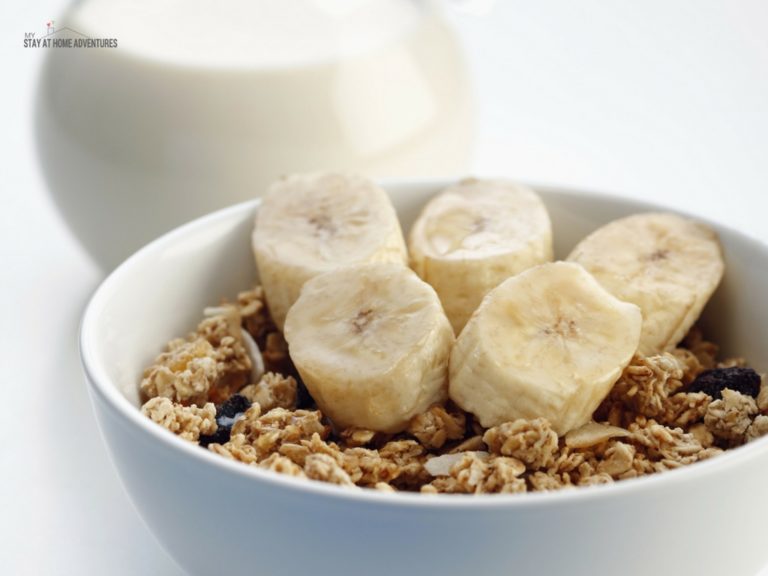

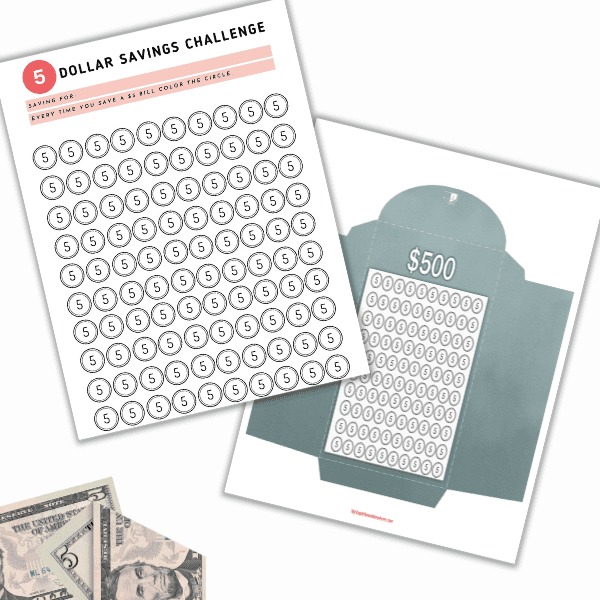
It’s crazy how many people don’t even know that their furnace filter needs to be changed! We had our system serviced a couple of years ago. It does make a difference to keep up on maintenance. I can’t believe fall is already here!
In all seriousness this can be deadly too! People need to take these things seriously. As far as fall, with these temperatures (today with are in the 90s) I’m wondering if its coming soon!! LOL